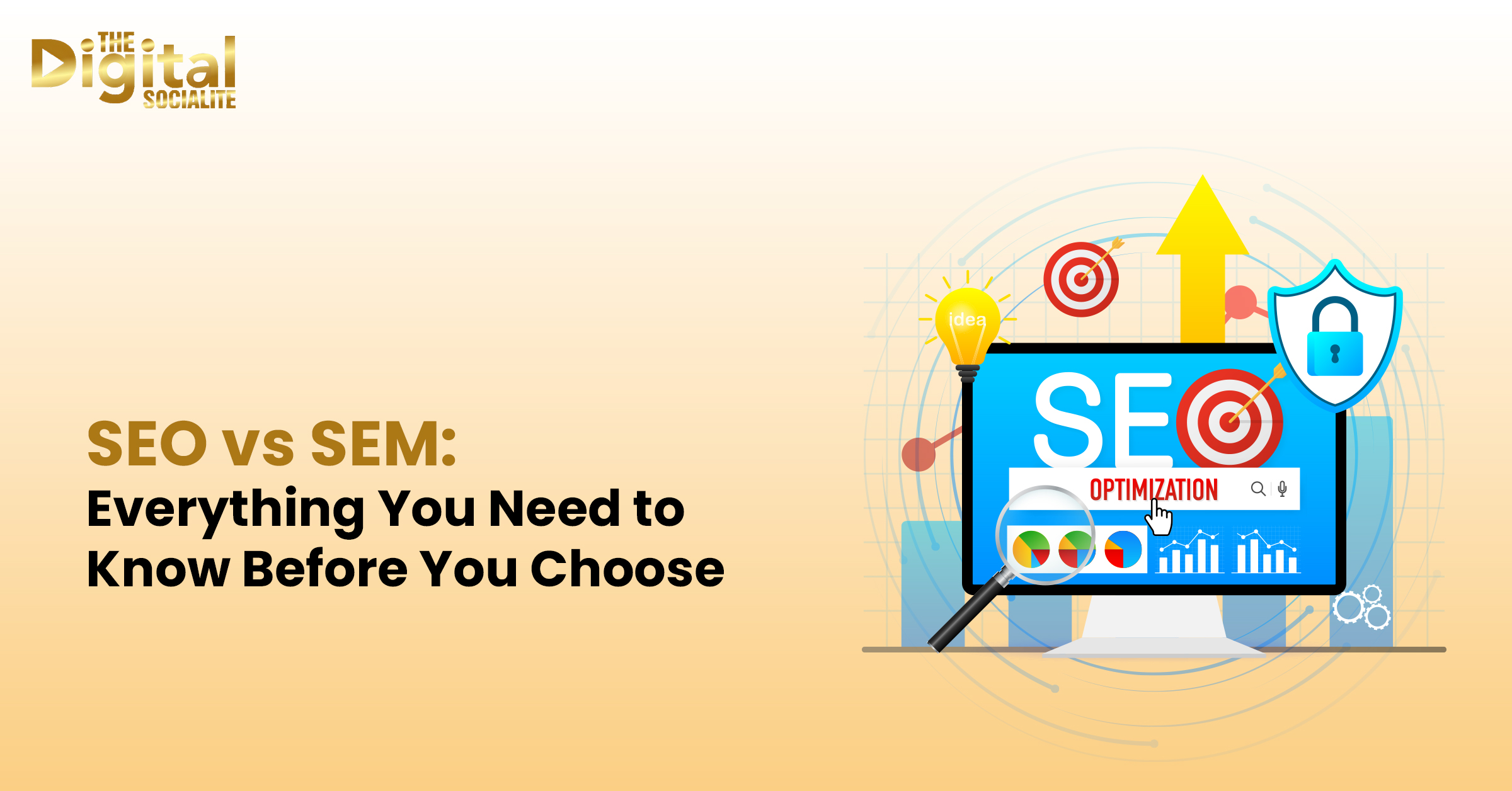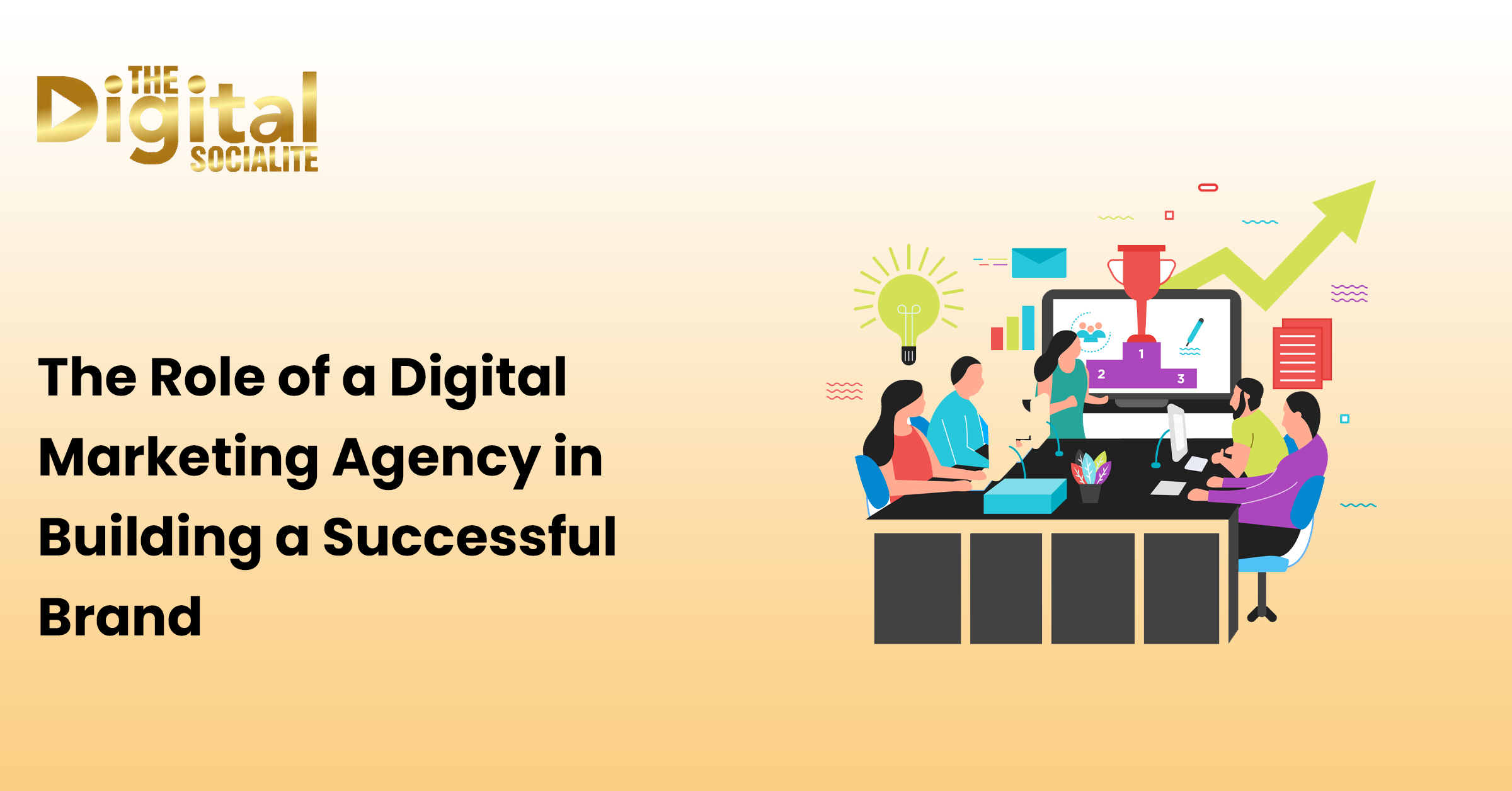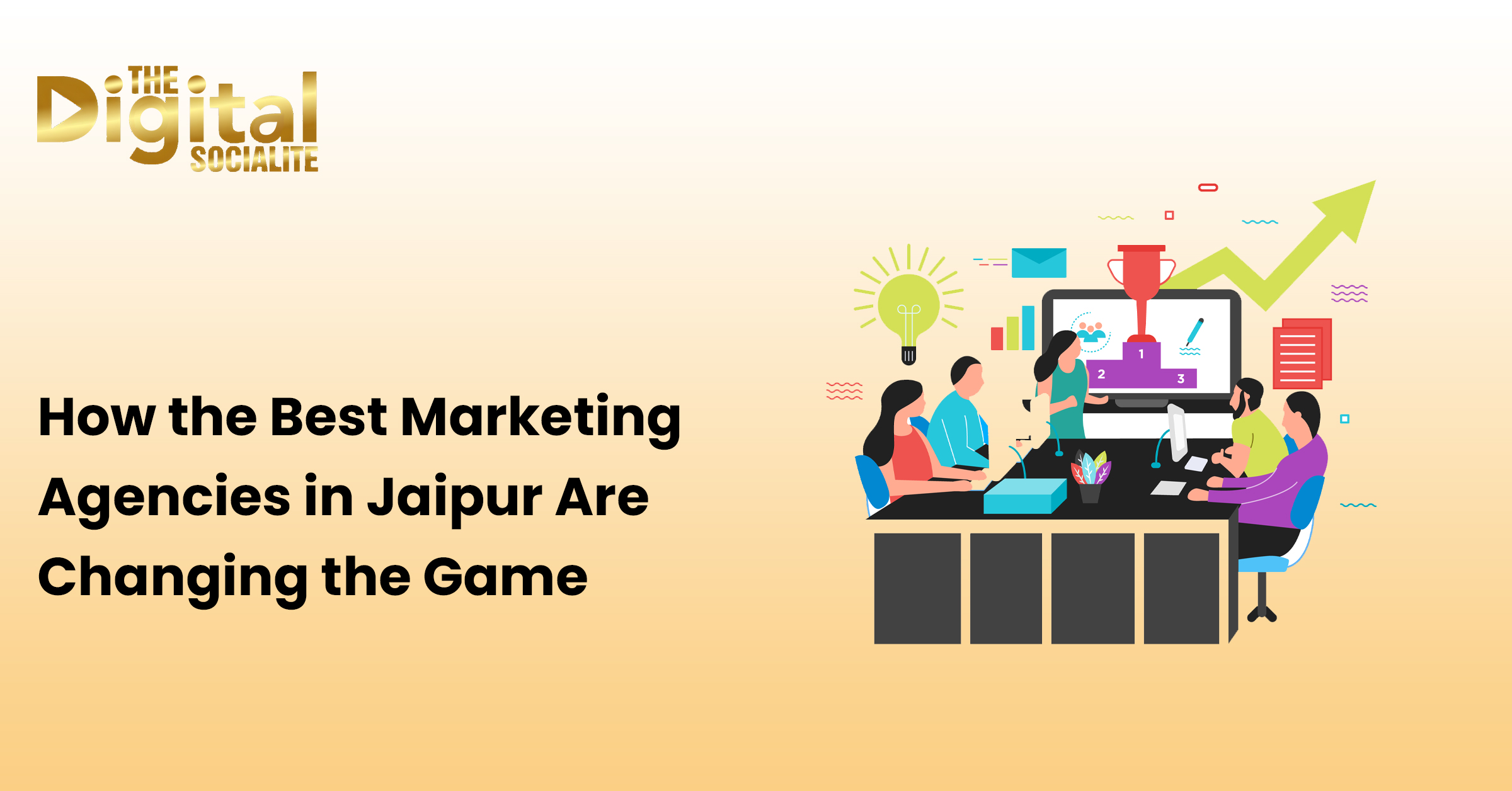The ability to establish a powerful digital presence becomes much easier when people grasp the distinctions between SEO vs SEM in marketing and business operations and digital career development. The two strategies of SEO and SEM deliver website visibility improvements through different fundamental methods. The following blog post both explains the concept SEO vs SEM and provides guidance to choose the best strategy for your objectives.
What is SEO?
Search engine optimization (SEO) is about creating personalized strategies which optimize your website for better positions in organic search results. This may include any number of strategies from researching keywords, developing relevant content to technical fixes and building links (backlinks) to your website.
There are 3 Pillars of an SEO:
1. On-page SEO: Ensuring that all your content, tags, pictures and internal links are optimized.
2. Off-page SEO: Making sure your site’s main pages and overall authority are linked to your content.
3. Technical SEO: Focus on technical SEO strategies that will boost website speed while enhancing mobile performance and optimization for search engine crawlers.
To develop your skills further you should explore taking an SEM course in jaipur which delivers authentic industry training.
What is SEM?
SEM, or Search Engine Marketing, is a larger strategy that encompasses SEO and ads (Google Ads). The goal of SEM will be to bring more visibility to your website through organic search and sponsored search.
With SEM, you can:
- Focus on specific keywords with advertisements.
- Set up how much money you want to spend and choose the platform for your ad.
- Become visible at the top of the search results straight away.
SEO vs SEM – XX Key Differences You Must Know
1. Source of traffic
- SEO brings visitors to your website through organic (unpaid) traffic by increasing its importance and credibility and relevance.
- SEM combines paid and unpaid efforts by advertising your website to show up in both organic listings as well as sponsored placements.
2. Cost structure
- SEO is mostly time and skills and is not always about paying search engines to be visible.
- SEM is ongoing costs of ads – remember, you bartered materials for the very click or impression.
3. Time Frame for Results
- SEO is a long-term strategy. SEO may take many months to start making the improvements, but they will last for years to come.
- Your website traffic with SEM will come directly after the campaign runs, but it stops when your ads stop.
4. Sustainability
- SEO can provide lasting benefits. Once you have a solid amount of rankings, you can hold that position over time by continually working on it.
- SEM is not very sustainable because to stay in a visible advertising position, continual paid media investment must be made.
5. Control and Flexibility
- SEM allows companies to decide what keywords they want to appear for in search engines. You can decide what type of audience, in what location, and within what time frame you want to put your ads when using SEM.
- With SEO you have less control because you must depend on the search engines, algorithms and competition influencing your rankings.
6. Click-Through Rate (CTR)
- Users often portray a higher degree of trust to organic listings (SEO) which can lead to better CTRs.
- Users quickly click on paid ads (SEM) but once the paid listing is there, users are more likely to choose the organic listing.
7. Learning Curve and Skills Needed
- With SEO, it’s crucial to have a strong understanding of how different content is produced, how technical SEO works and link building best practices. A reputable seo training institute jaipur will help you develop usable skills.
- With SEM, you will need to build skills with creating effective ads, bidding strategies, and ad performance analysis to build ROI.
8. When To Use This Strategy
- SEO is such a good thing for the long term growth for businesses.
- SEM (Search Engine Marketing) can be a great choice for businesses that want immediate visibility, new product launches, or a short-term campaign.
9. Measurement and Analytics
- Both approaches rely on analytics, but SEM has data that helps provide specific results, including ad performance, conversions, and ROI (return on investment).
10. Integration with Other Channels
- SEO integrates very well with social media and content marketing campaigns. If you decided to take an SEO course in Jaipur, it would be great. It would help increase your brand’s social signals (social engagement and interaction).
- SEM could align with your retargeting and display advertising efforts to allow for a broad paid strategy.
SEO vs SEM: How Do You Choose Which?
There is no size fit answer to SEO vs SEM. It will depend on your business goals, budget and timing. If you want growth that is sustainable, and will spend time investing into, then you should choose seo. If you need immediate results or support a test into new market segments, SEM will be a better choice.
Upskill with the Best Digital Marketing Courses in Jaipur
Jaipur has fantastic options to pick up these skills whether you are an entry level employee or marketing professional, they offer some of the best digital marketing courses in jaipur covering all the important skills from SEO and SEM to Social Media and Analytics.
If you want to find out more about social media, enrolling in the best social media marketing course in Jaipur will mean getting practice in SMO and combining social media and search activities.
Conclusion
Understanding the difference of SEO vs SEM is vital to anyone working in digital marketing or looking to succeed. SEO provides a strong hold for sustainability and organic growth over a period of time, SEM can provide quick wins through paid campaigns. Once you fully grasp the two approaches, you will be able to have a digital marketing strategy that is well-balanced enough to succeed.
Lastly, the world of digital marketing is constantly changing and you need to be excited about your marketing journey and be open to learning about the power of SEO vs SEM for your business.





